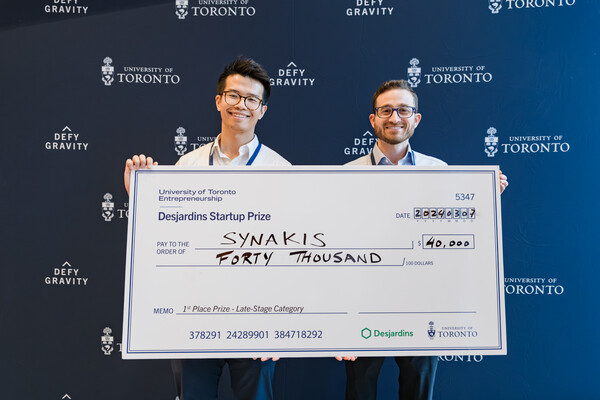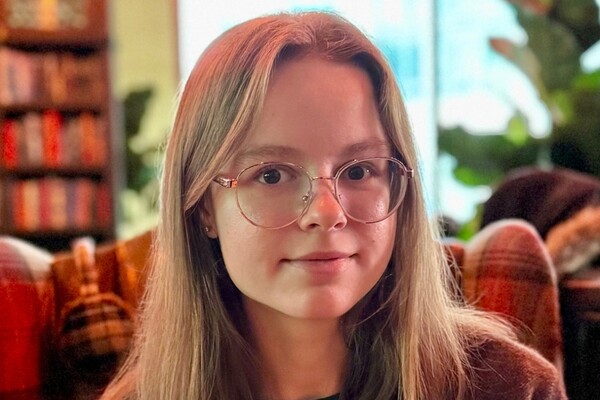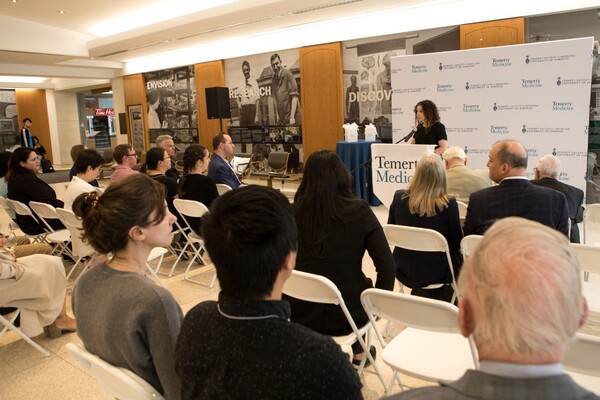Celestine Hong Named 2024 Charles H. Best Fellow
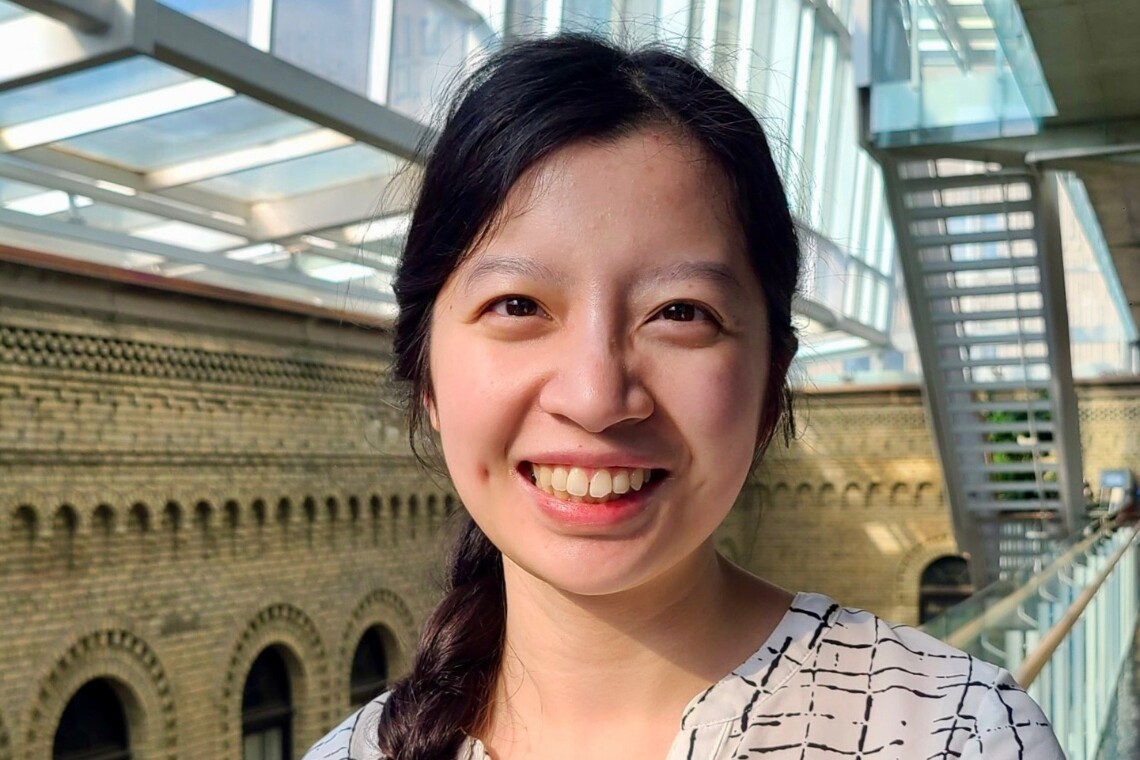
Celestine Hong is a postdoctoral fellow in chemical engineering & applied chemistry at the Donnelly Centre, conducting research under the supervision of Molly Shoichet, university professor of chemical engineering & applied chemistry and Canada Research Chair in Tissue Engineering. Hong is the 2024 recipient of the Charles H. Best Fellowship
Established in 2001 as a tribute to Charles H. Best, known as the co-discoverer of insulin, the award recognizes outstanding postdoctoral scientists at the Donnelly Centre who are tackling big questions in biology through an approach based on systems-thinking.
“Celestine is an enthusiastic and dedicated researcher with a desire to continuously challenge herself,” said Shoichet. “She brings an impressive track record in biomedical engineering, including publications and patents, to the Donnelly Centre. I have no doubt that she will make the most of the Charles H. Best Fellowship, given that she has already made significant progress on her research and continues to contribute to the overall success of our lab.”
Hong’s postdoctoral research focuses on developing injectable hydrogels for the eyes to deliver two proteins, insulin and FGF2, that promote the growth of retinal stem cells. These cells would replace dead photoreceptors – which is the outcome for patients with retinitis pigmentosa. Retinitis pigmentosa is the most common hereditary retinal disease, with symptoms typically starting before age 30, resulting in the degeneration of the retina and vision loss.
Patients with eye disease are currently treated with repeated intravitreal injections, which can lower patient compliance. The Shoichet lab is working to improve treatment methods for eye disease through controlled drug delivery via hydrogel injection. The hydrogel method improves upon current ones by releasing proteins over a longer period to prolong their effects.
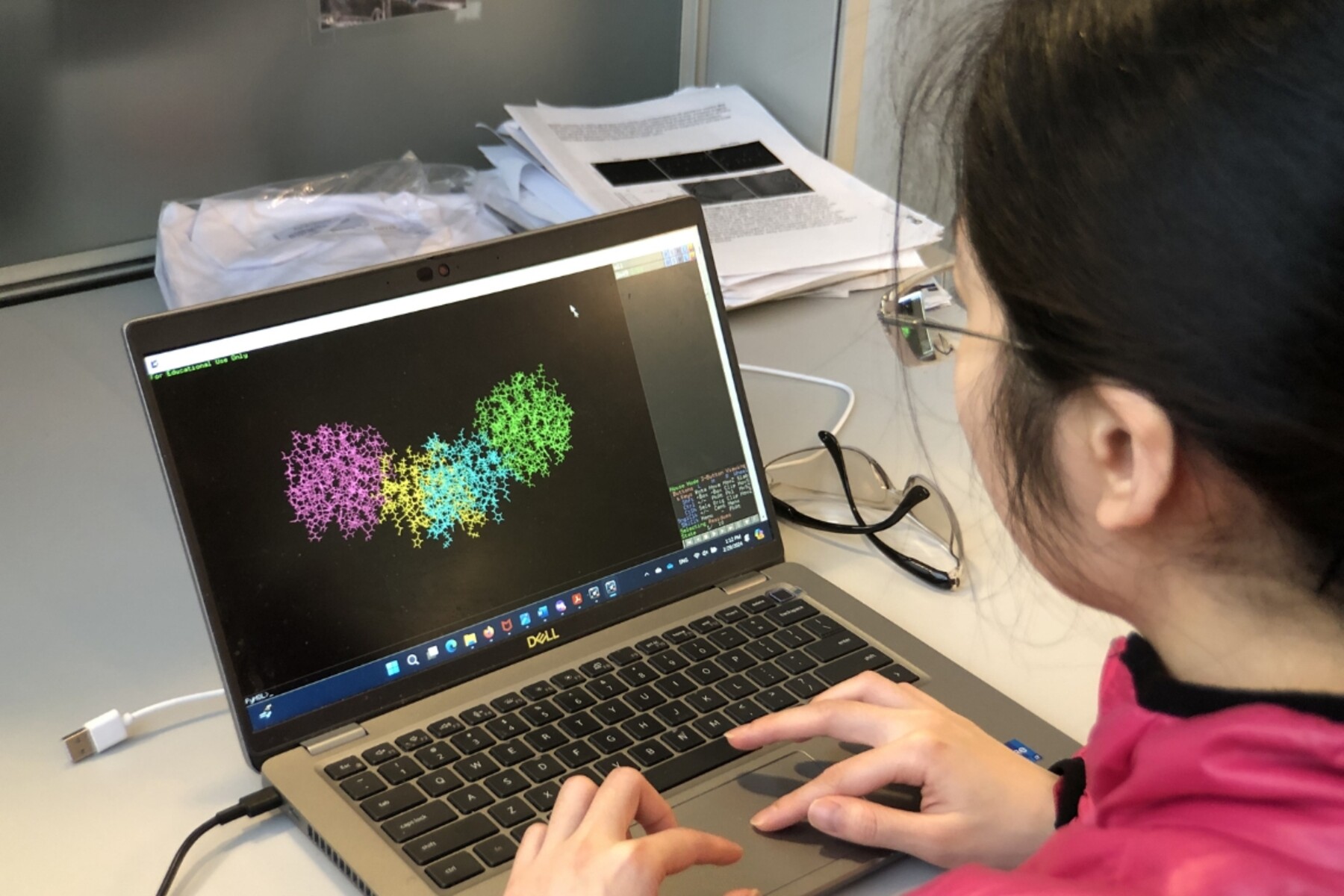
Hong used modelling software to find the specific peptides to which insulin and FDF2 can establish an interaction of ideal strength. If the interaction is too strong, the proteins will not be released to reach the target cells, and if the interaction is too weak, all of the proteins will be released immediately upon injection and dissipate too quickly – increasing the frequency of injections needed to sustain the treatment.
Hong has identified two binding partners that may be able to deliver her two proteins of interest and is now in the process of designing a hydrogel to deliver the treatment. She will confirm the results of the modelling analysis by measuring protein release experimentally. The testing will be conducted in collaboration with Derek van der Kooy, a professor of molecular genetics at the Donnelly Centre, and his lab members.
The van der Kooy lab previously found four proteins that influence the growth of retinal stem cells – two that enhance growth and two that antagonize it – which can be targeted with the corresponding antagonist or antibody. The proteins, however, were found to be unstable and dissipated rapidly when directly injected in solution. Hong is aiming for sustained delivery of insulin and FGF2 to the eye for at least 7-14 days before dissipation.
Hong started her academic career as an undergraduate student in engineering at McGill University. She gained experience working in three different labs – including a lab focused on polymer synthesis for delivering barrier materials, a lab synthesizing lipid nanoparticles and a lab developing microfluidic devices. It was this hands-on experience that helped her decide to pursue research that combines materials synthesis with biomedical sciences.
After earning her bachelor’s degree, Hong joined the interdisciplinary Program in Polymers and Soft Matter at the Massachusetts Institute of Technology (MIT) to obtain a doctoral degree. At MIT, Hong was involved in a joint project between the labs of Paula Hammond and Bradley Olsen to develop polymeric materials that stop internal bleeding. She helped design injectable therapies for wounds that are typically inaccessible in collaboration with surgeons at the Massachusetts General Hospital.
“One of the greatest things about interdisciplinary research, in my opinion, is that it allows for the incorporation of different perspectives and the development of a larger pool of resources to tap into,” said Hong.
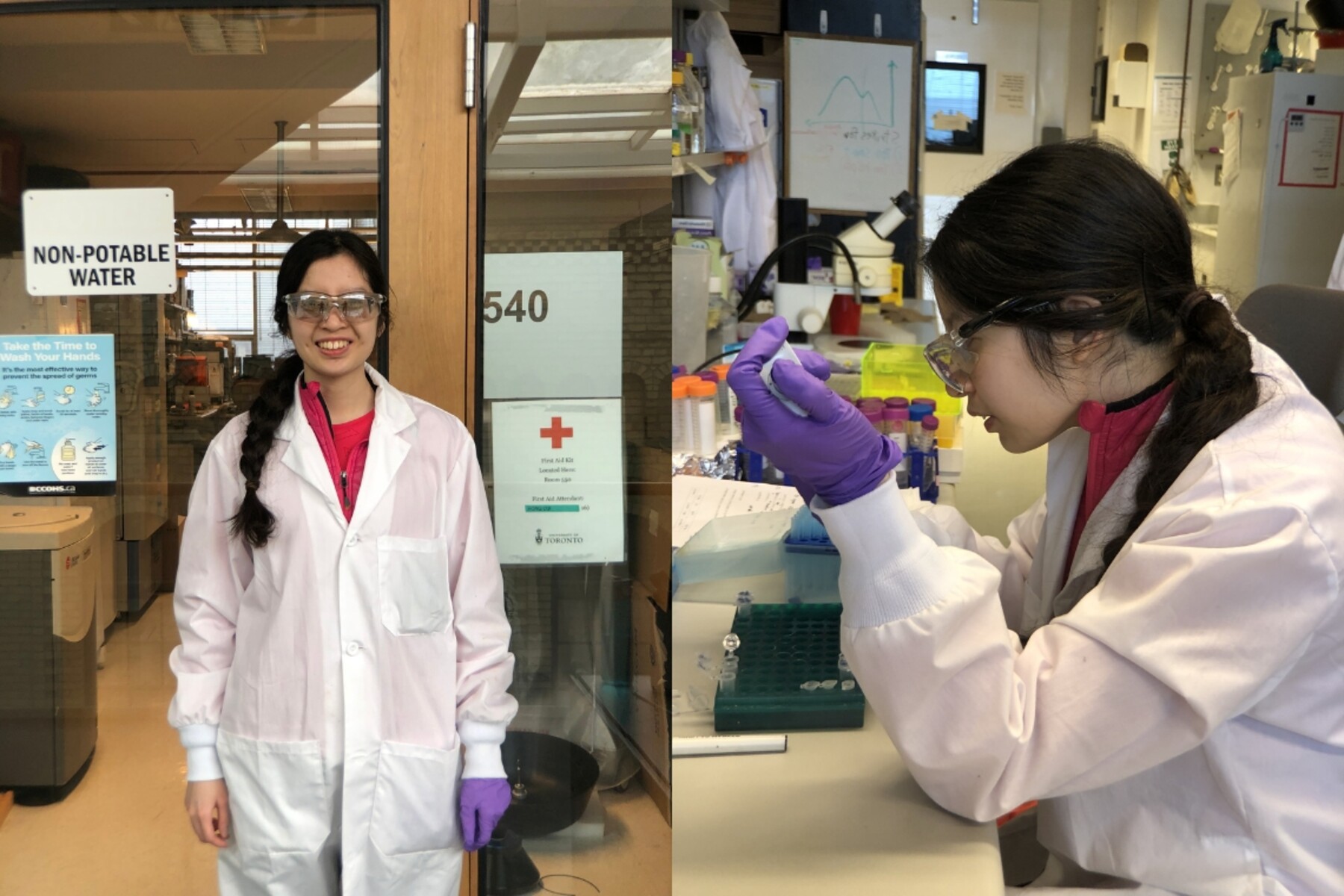
Hong is now at the Shoichet lab for her second postdoctoral position, following a transitional postdoctoral position at MIT. She joined the lab in the summer of 2023.
The Shoichet lab was recommended to Hong by her former advisor at MIT, Paula Hammond, institute professor, vice provost and former head of the department of chemical engineering. In addition to the recommendation, Hong met other members of the Shoichet lab at conferences. She was ultimately drawn to the diversity of research projects being conducted in the lab.
“The Charles H. Best Fellowship selection committee is delighted to offer the 2024 fellowship to Celestine Hong,” said Stephane Angers, director of the Donnelly Centre and chair of the Charles H. Best Fellowship selection committee. “Celestine has embodied the spirit of collaboration that underlies the Donnelly Centre’s success throughout her academic career and continues to do so in connecting with the van der Kooy lab to develop a hydrogel to treat retinitis pigmentosa.”
Outside of research, Hong is passionate about teaching and science outreach. She has been actively pursuing volunteer opportunities in outreach since she was a graduate student at MIT and is currently participating in the Prospective Professors in Training Program at the Faculty of Applied Science and Engineering to builds skills in science communication and education. Hong is interested in exposing youth to the sciences early on – starting from K-12 up to post-secondary school.
“I’m here today because I had incredible mentors throughout my studies,” said Hong. “I will forever be grateful for the care that was shown to me as a mentee. Now that I’m in a position to help others, I want to pay it forward.”
News
